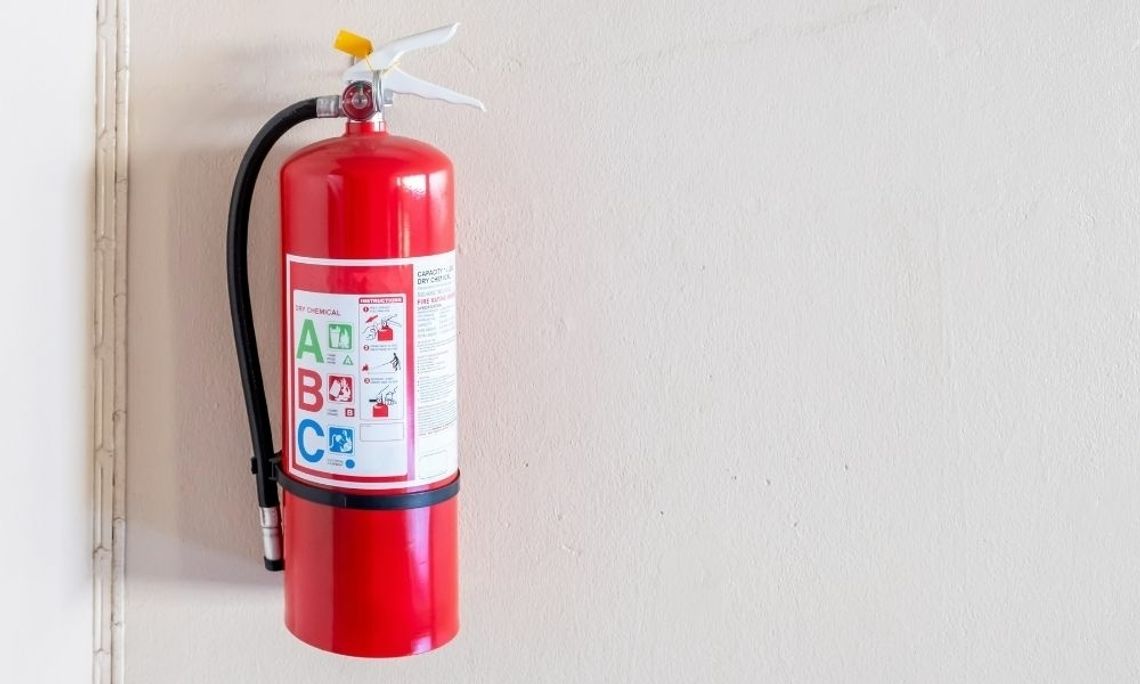Over time, fire extinguishers have evolved and improved to accommodate the various types of fires. For each of the six unique classes of fire, there are several extinguishers built to compromise them. The classes of fire are:
- Class A: Fire with solid materials (wood, paper, textiles)
- Class B: Fire involving flammable liquids
- Class C: Fire involving gases
- Class D: Fire involving metals
- Class E: Fire involving electrical apparatuses
- Class F: Fire involving cooking oils
The different types of fire extinguishers vary in versatility; some are capable of apprehending two or more classes of fire. Fire departments must remain stocked with high-quality, unexpired fire extinguishers and other
essential fire supplies and firefighter products to tend to an array of fires types. Read on to discover the differences between extinguishers.
Water Extinguishers
One of the most cost-effective ways to deplete Class A fires, water extinguishers are popular choices across all fire departments. This equipment will display a red label, and it has four different versions itself:
- Water jet: Sprays a jet of water at solid burning materials to cool and prevent reignition. Cannot be used on electrical devices
- Water spray: Uses a fine spray of water droplets to fight fire
- Water with additives: The water in this extinguisher contains foaming chemicals that efficiently soak into burning materials.
- Water mist or fog: Utilizes misty droplets to absorb large surface areas of heat energy
Foam Extinguishers
Foam extinguishers can conquer solid and liquid flammables (Class A and B fires). That said, they’re more versatile than water-emitting tools. Foam suffocates the fire’s air, depriving it of fuel. This type of extinguisher will have a cream-colored label.
Powder Extinguishers
Able to combat Class A, B, and C fires, the powder extinguisher is very flexible. Its versatility makes it a good multipurpose tool with which to equip a fire station. However, the makeup of powder types can induce visibility and breathing issues, so it’s not recommended for indoor use unless absolutely necessary. It comes with a blue label.
Fire Blankets
Of the different types of fire extinguishers, fire blankets are unique because they’re textiles. They can smother fires, cutting off the fire from the oxygen fueling it. Fire blankets are beneficial to have on hand in facilities susceptible to Class F fires.


Comment
Comments